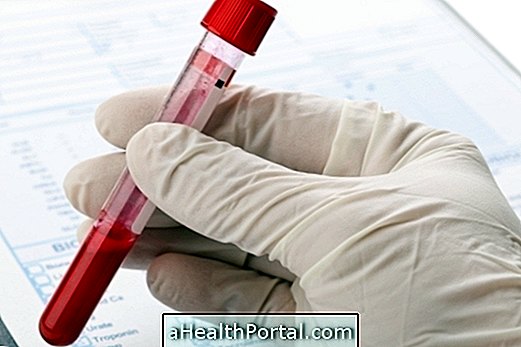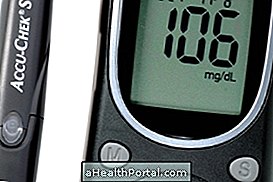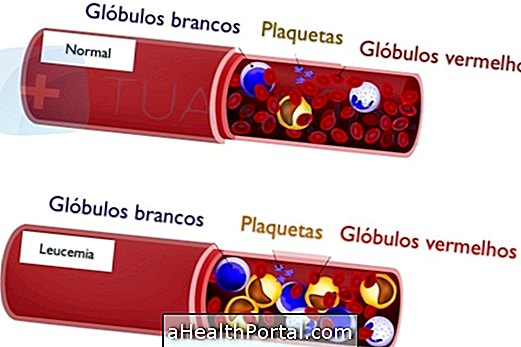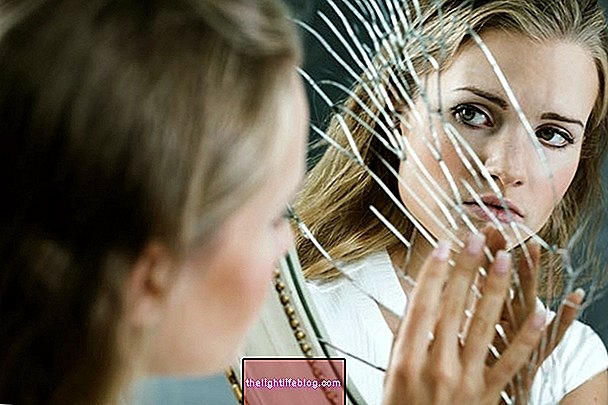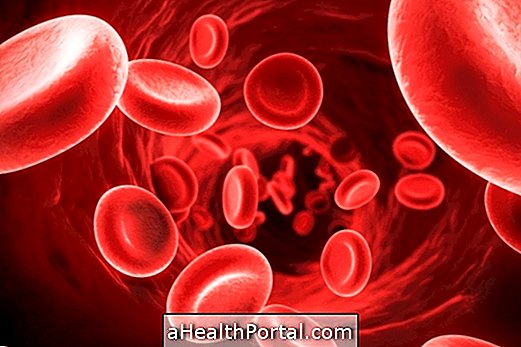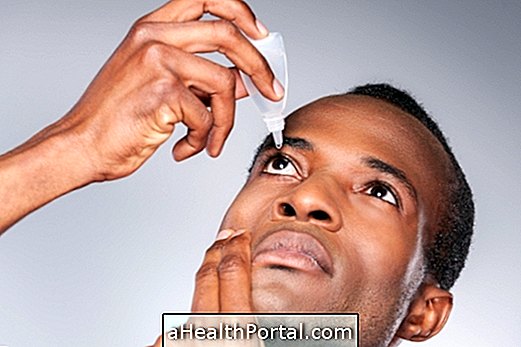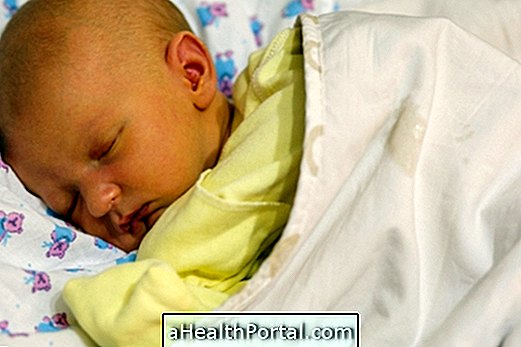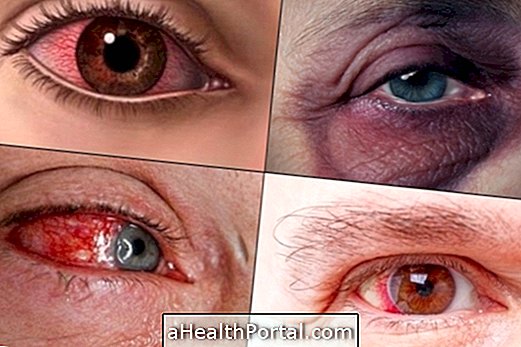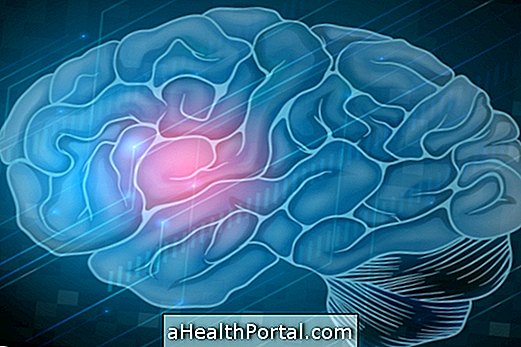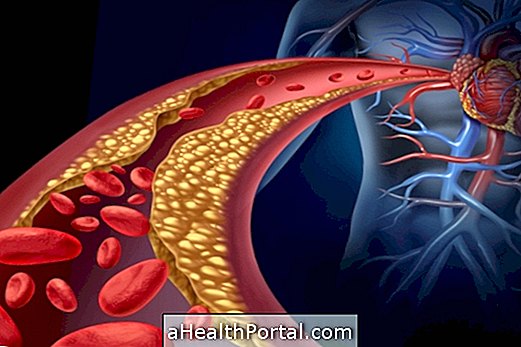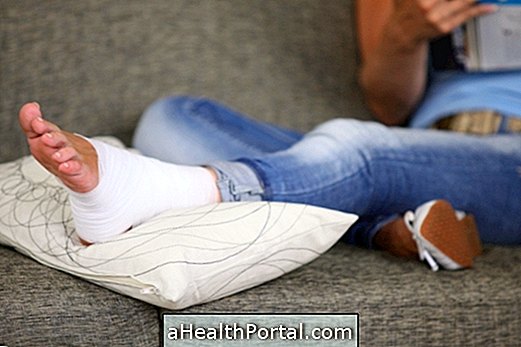After having a Stroke, the patient may have several mild or severe sequelae, such as having difficulty walking when using a wheelchair or having difficulty speaking, for example, these consequences may be temporary or stay for a lifetime.
Thus, to reduce these limitations it may be necessary to perform physiotherapy, speech therapy and cognitive stimulation with the help of a physiotherapist, speech therapist and nurse to gain more autonomy and recover, since initially the patient can stay dependent on a relative to perform the day-to-day tasks such as bathing or eating.
The limitations caused by stroke, also known as stroke, depend on the region of the brain that was affected and its extent, as can be seen in the image. However, in some patients the blood supply to the brain is resumed so quickly that it leaves no change in the functioning of the organism.
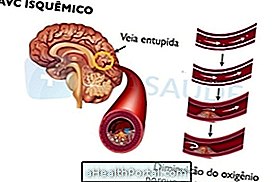

Main consequences of stroke
Both ischemic stroke, which is when blood and oxygen can not pass because the vein is clogged like the hemorrhagic stroke, if rupture of a vein in the brain causes internal bleeding, can cause sequelae in the patient.
The main physical damage usually is the loss of strength, balance, and muscle tone on one side of the body that makes walking, sitting or lying difficult, and in some cases the individual is bedridden or uses a wheelchair to move .
In addition, the patient may have cognitive changes, developing confusion and difficulty understanding simple orders, needing a relative to help carry out the daily activities.
1. Difficulty in moving one side of the body

Difficulty walking, lying or sitting occurs due to loss of strength, muscle and balance on one side of the body, presenting the arm and leg on one side of the paralyzed and fallen body, known as hemiplegia.
The affected arm and leg usually become rigid and difficult to move, and the sensitivity of the affected side may decrease, increasing the risk of falling and injury.
2. Changes in face

The face may be asymmetrical, and may have a crooked mouth, a wrinkle-free forehead, and a drooping eye on only one side of the face.
Some patients have difficulty swallowing solid or liquid food, known as dysphagia, which increases the risk of choking, so food needs to be adapted to the individual's ability to eat, preparing small soft foods or using thickeners to improve consistency of meals. In addition, the individual can see and hear evil from the side that has changes.
Difficulty talking

Many patients have difficulty speaking, their voice is very low, unable to say a few words completely or even totally losing their ability to speak, which makes it difficult to interact with family and friends.
4. Urinary and faecal incontinence

Urinary and stool incontinence is frequent, and the patient can not identify the urge to go in the bathroom, and it is necessary to wear a diaper to avoid constantly soiling the underwear.
5. Confusion and loss of memory

Confusion is frequent, such as having difficulty understanding simple commands and recognizing familiar objects, not knowing what they are for, such as using the toothbrush to comb the hair. In addition, memory loss can lead to repetition of behaviors, as well as difficulty orienting in time and space.
6. Depression and feelings of revolt

Generally, the individual who has a stroke develops a severe depression caused by the hormonal change and the difficulty in living with the sudden changes caused by the disease, leading to irritability and isolation of the patient.
How is the recovery after a stroke?
To reduce the limitations that stroke causes and to recover some damages caused by the disease it is fundamental to make treatment, which includes:
- Physiotherapy sessions with a specialized physiotherapist to help the patient regain balance, shape and muscle tone, being able to go back to walking, sitting and lying down alone.
- Cognitive stimulation with occupational therapists and nurses who perform games and activities to reduce confusion and inappropriate behavior;
- Speech therapy with speech therapists in order to regain the ability to express themselves.
Treatment should be started as soon as possible in the hospital and maintained in rehabilitation clinics and at home, and should be performed daily for the patient to regain independence and gain quality of life as soon as possible.
The length of hospital stay depends on the severity of the stroke, but in most cases the hospital stay is at least one week and in rehabilitation clinics for about 1 month. In addition, at home it is necessary to continue the treatment to reduce the consequences in the long run.

